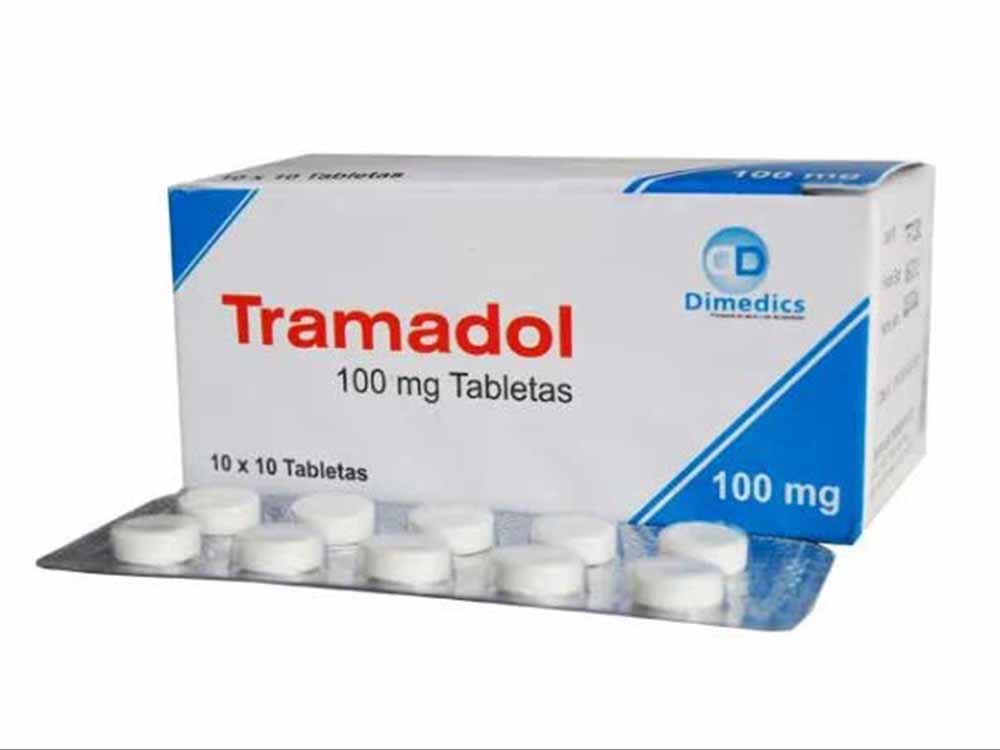Tramadol in 2006: Therapeutic Use, Emerging Concerns, and Regulatory Oversight
Tramadol, a centrally acting opioid analgesic, gained prominence in medical practice in 2006 for its efficacy in managing moderate to severe pain. However, this period also witnessed emerging concerns regarding its abuse potential, adverse effects, and regulatory oversight. This exploration delves into the multifaceted aspects that defined tramadol in 2006, encompassing its therapeutic applications, pharmacological properties, emerging challenges, regulatory actions, and clinical considerations.
Therapeutic Applications and Pharmacological Properties
Pain Management:
Tramadol emerged as a widely prescribed medication for the management of various types of pain, including acute and chronic pain conditions. Its dual mechanism of action involves weak mu-opioid receptor agonism and inhibition of norepinephrine and serotonin reuptake, resulting in analgesic effects similar to opioid medications.
Versatility in Pain Treatment:
Tramadol’s versatility in pain management made it a preferred choice for conditions such as osteoarthritis, neuropathic pain, postoperative pain, and cancer-related pain. Its unique pharmacological profile provided effective pain relief with potentially fewer respiratory depressant effects compared to traditional opioids.
Emerging Concerns and Adverse Effects
Abuse Potential and Dependence:
Despite its perceived lower abuse potential compared to traditional opioids, tramadol was associated with a growing trend of misuse and dependence in 2006. Reports of tramadol diversion, recreational use, and addiction raised concerns among healthcare professionals and regulatory agencies.
Adverse Effects Profile:
Tramadol’s adverse effects included nausea, dizziness, constipation, sedation, and respiratory depression, particularly at higher doses or in individuals with a history of substance abuse. The risk of serotonin syndrome, seizures, and hyponatremia further underscored the importance of cautious prescribing and monitoring.
Regulatory Actions and Public Health Responses
Controlled Substance Classification:
In response to escalating concerns about tramadol misuse and dependence, regulatory agencies in various countries reevaluated its controlled substance classification. Some jurisdictions upgraded tramadol to a controlled substance schedule to impose stricter controls on its prescribing, dispensing, and distribution.
Prescribing Guidelines and Risk Mitigation Strategies:
Healthcare organizations and professional societies developed prescribing guidelines and risk mitigation strategies to address the appropriate use of tramadol in clinical practice. These initiatives aimed to educate healthcare providers, enhance patient screening and monitoring, and prevent the diversion and misuse of tramadol.
Clinical Considerations and Patient Education
Individualized Treatment Approach:
Healthcare providers emphasized the importance of individualized treatment approaches when prescribing tramadol, considering factors such as pain severity, patient’s medical history, concurrent medications, and risk of substance abuse. Shared decision-making and informed consent were integral to promoting safe and effective tramadol use.
Patient Education and Counseling:
Patients prescribed tramadol received comprehensive education and counseling regarding its proper use, potential risks, and adverse effects. Healthcare providers encouraged open communication with patients to address concerns, monitor treatment response, and identify signs of misuse or dependence.
Conclusion
Tramadol in 2006 represented a significant advancement in pain management but also posed challenges related to its abuse potential, adverse effects, and regulatory oversight. Regulatory actions, clinical guidelines, and patient education efforts were essential for balancing the therapeutic benefits of tramadol with the need to mitigate its risks and ensure safe use in clinical practice.











